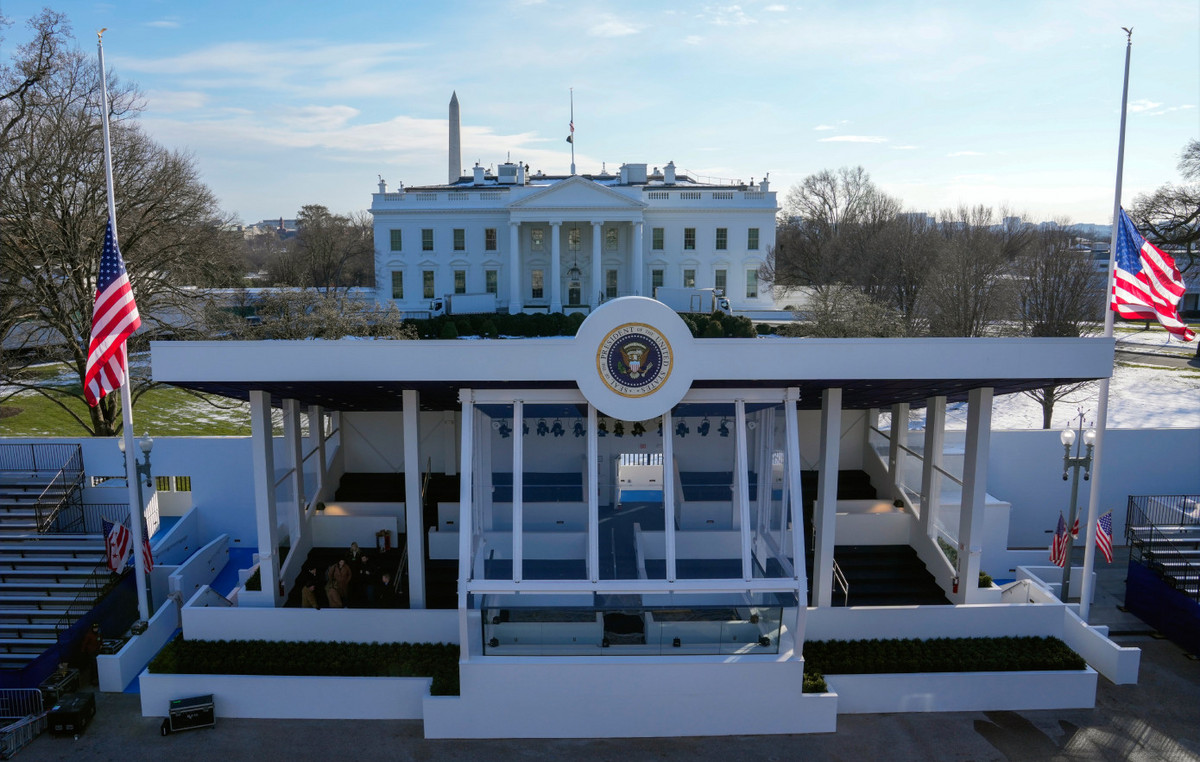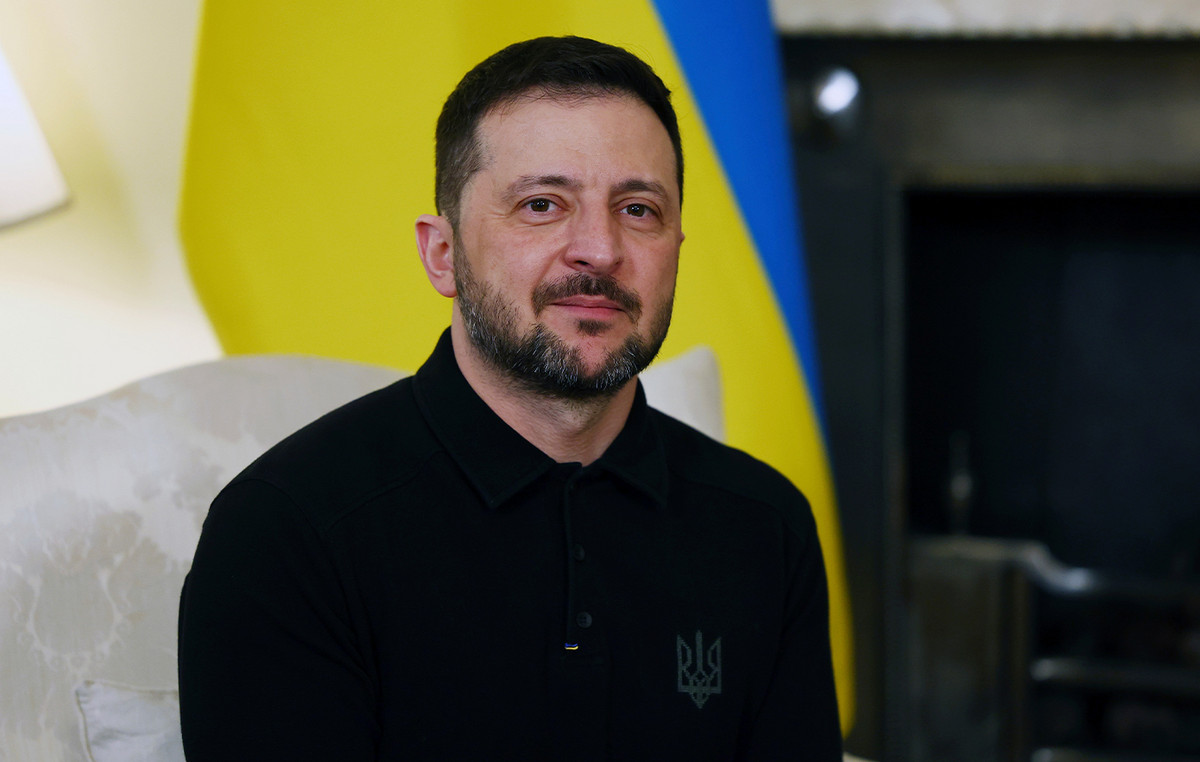While Petrobras suffers from political pressure due to the high price of gasoline, which has already cost the position of two presidents of the state-owned company, other oil companies operating in Brazil only have to celebrate the price of oil above US$ 100 per barrel.
Companies like PetroRio, 3R Petroleum, Enauta and PetroReconcavo are breaking profit records and programming billionaire investments and acquisitions.
The market for medium-sized oil companies in Brazil developed exactly after Petrobras’ decision, in the last decade, to get rid of more mature extraction fields to focus on pre-salt exploration, which is more profitable for the company.
As a result, medium-sized oil companies began to dispute the state-owned company’s assets. This mission has gotten easier in recent years.
After the price of oil reached negative levels in 2020, at the beginning of the covid-19 pandemic, the barrel of the commodity has been traded for more than a year at values above the pre-pandemic level. And the war between Russia and Ukraine came to consolidate the commodity’s upward movement.
The current price level — the highest in seven years — makes these smaller oil companies register their stock prices on the stock exchange well above the Ibovespa index and those registered by Petrobras itself.
“We are in an exciting scenario with great perspectives with growing demand for companies. The market is attributing a lower risk to these companies in relation to Petrobras shares”, says Ilan Arbetman, analyst at Ativa Investimentos.
The largest of these companies is PetroRio, which has been pointed out by analysts as the most efficient company in the sector in Latin America. Last year, the company had revenue of BRL 4.4 billion, up 131% over 2020.
But what caught the attention of analysts the most was the growth of 152% in its profit, to R$ 1.3 billion. According to Milton Rangel, the oil company’s financial director, one of the most important points for this result was the 20% reduction in its extraction cost, to US$ 11.80 per barrel.
With that, the company is eyeing new investments and acquisitions.
“PetroRio has extended the useful life of all its assets by more than ten years, producing more oil with less carbon emissions, moving the economy and creating jobs. We must continue like this”, says Rangel.
The company will also include the exploration of the Wahoo Field, in the Campos Basin, which has the potential for 125 million barrels.
Since its debut on the Stock Exchange, in 2015, the company’s shares have already registered an appreciation of more than 5,000% – which placed it in the position of darling of investors in this period.
increased competition
However, PetroRio is not alone in this market, which is becoming more competitive. 3R Petroleum, the result of the merger of the 3R and Ouro Preto companies, debuted at B3 in 2020 and, since then, has become an acquisition machine.
With three wells in operation, the company has another six that will start operating in the coming years. “We will have 400 to 500 million barrels of 2P reserves (classification of proved and probable reserves)”, says Ricardo Savini, president of 3R Petroleum.
From 2020 to 2021, the company more than tripled its revenue, which closed at R$ 727.8 million. Now, after so many acquisitions, 3R wants to make the business profitable — part of the purchases are assets that Petrobras no longer wanted. “Now is the time for organic growth and business revitalization,” says Savini.
Proving to be able to get the most out of its assets is the company’s challenge in the short to medium term, according to analysts.
For XP, as 3R has only been on the market for a short time, the lack of production history plays against the company, whose stock is trading at a relatively low value on the stock exchange, despite having doubled in price since its market debut.
“Many investors question whether 3R will be able to extract value from the Papa Terra field, where Petrobras failed. With heavy oil and low recovery factor, the NPV (net present value) of the field is highly dependent on the future productivity of the wells”, wrote analysts André Vidal, Victor Burke and Marcella Ungaretti.
risks ahead
The risks, however, are not concentrated solely on the fact that the fields may have less oil than previously thought – as happened with Eike Batista’s OGX – and on the devaluation of the oil price with the expected adjustment of demand for the next few years. years old.
In the world, there is a movement of energy transition towards cleaner sources. Several countries in Europe, for example, have already made a commitment to electrify their entire fleet of cars between 2030 and 2050.
For Márcio Couto, a senior consultant at FGV Energia, this transition will not occur at this speed, especially in emerging economies – and the rise in oil prices during the pandemic only corroborated the argument.
Therefore, Décio Oddone, president of Enauta, wants to take advantage of the moment to continue the company’s expansion process.
“We will at least double our operation and focus on bringing maximum value to shareholders,” says Oddone. Last year, the oil company achieved its biggest profit in history, of R$ 1.4 billion, a number that helped Enauta to have the biggest increase among the companies in the sector listed on the B3.
The executive points out that he does not see that the transition from oil to renewable energies will take place before 2100, so the company’s plans remain in a medium to long term horizon.
“Oil may decrease its participation in the energy matrix, but I see production increasing. But Enauta is also looking to invest in new clean energy fronts in the future”, says Oddone.
The information is from the newspaper. The State of São Paulo.
Source: CNN Brasil
I am Sophia william, author of World Stock Market. I have a degree in journalism from the University of Missouri and I have worked as a reporter for several news websites. I have a passion for writing and informing people about the latest news and events happening in the world. I strive to be accurate and unbiased in my reporting, and I hope to provide readers with valuable information that they can use to make informed decisions.







